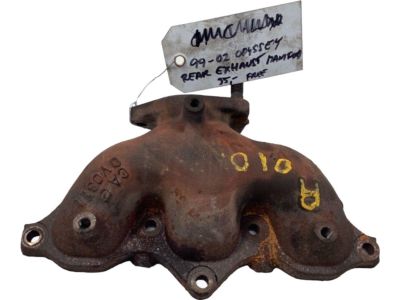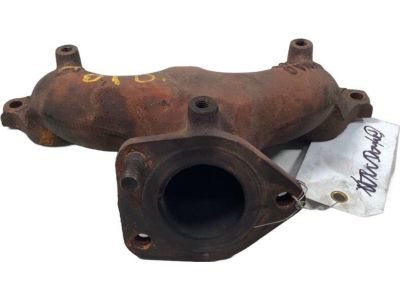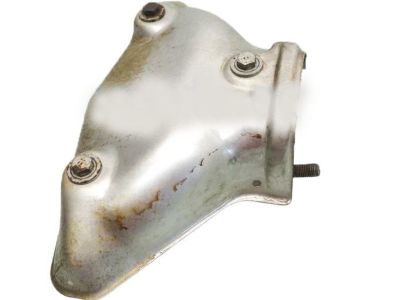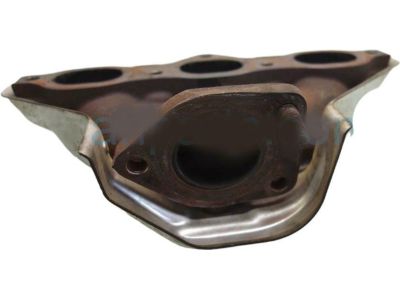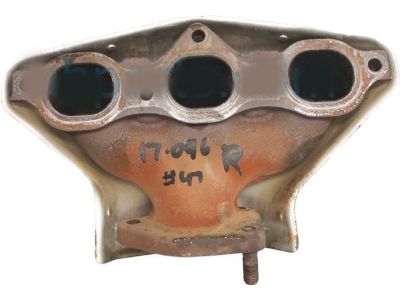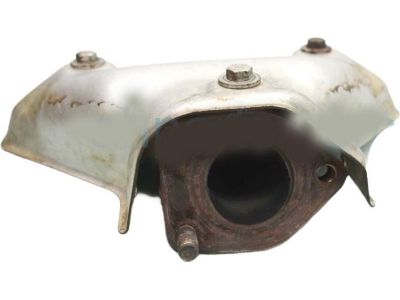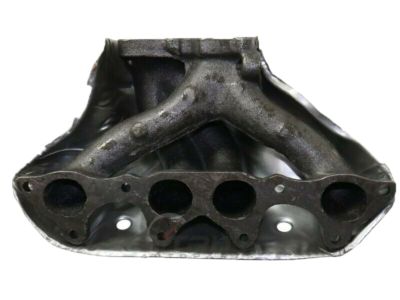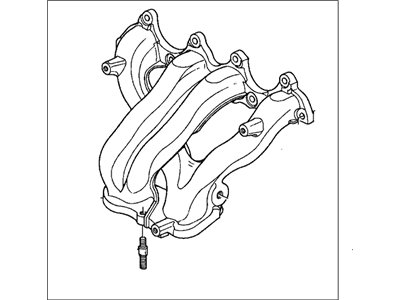×
- Hello
- Login or Register
- Quick Links
- Live Chat
- Track Order
- Parts Availability
- RMA
- Help Center
- Contact Us
- Shop for
- Honda Parts
- Honda Accessories

My Garage
My Account
Cart
Genuine Honda Odyssey Exhaust Manifold
Engine Exhaust Manifold- Select Vehicle by Model
- Select Vehicle by VIN
Select Vehicle by Model
orMake
Model
Year
Select Vehicle by VIN
For the most accurate results, select vehicle by your VIN (Vehicle Identification Number).
3 Exhaust Manifolds found

Honda Odyssey Manifold Assembly, Rear Exhuast
Part Number: 18010-P8E-A00$170.32 MSRP: $348.83You Save: $178.51 (52%)
Honda Odyssey Manifold Assembly, Front Exhuast
Part Number: 18000-P8E-A00$170.32 MSRP: $348.83You Save: $178.51 (52%)
Honda Odyssey Exhaust Manifold
Exhaust Manifold in Honda Odyssey is used to channel hot exhaust gases from the engine to the exhaust system and is important in enhancing engine performance and minimize the production of dangerous gases. Being situated at the top of the system, the manifold works to gather exhaust gases from various cylinders, usually having a physique consisting of several tubes that correspond to the number of cylinders in the engine. Honda Odyssey vehicles manufactured over the years have incorporated a number of exhaust manifolds which include but not limited to: of cast iron or stainless steel. versions referred to as headers for or hot are also offered with the intention of increasing engine efficiency through increasing exhaust gas velocity while minimizing the restriction created by the exhaust manifold. Working exhaust manifolds play a critical part in regulating the air fuel mixture ratio, and also serve to make certain that hazardous emissions do not permeate the car's cabin, these make the need for replacement following wear and tear or damage particularly critical.
In search of affordable OEM Honda Odyssey Exhaust Manifold? Consider browsing through our extensive inventory of genuine Honda Odyssey Exhaust Manifold. Not only do we provide market-leading prices and a manufacturer's warranty, but we also pride ourselves on exceptional customer service and swift delivery.
Honda Odyssey Exhaust Manifold Parts Questions & Experts Answers
- Q: How do you remove and reinstall the exhaust manifold on Honda Odyssey?A:Before the removal of the exhaust manifold, the cable should be disconnected from the negative terminal of the battery. This is achieved by spraying penetrating oil on the exhaust manifold fasteners and let the oil to seep through the area. When filling the tank it is advisable to block the rear wheels so that the car will not roll; apply the parking brake and shift the transaxle lever to Park position. Lift the front of the car and put it on jackstands then remove the splash guard by unscrewing the mounting screws and pulling out the push-pins at the bottom of the engine compartment. The exhaust pipes can be disconnected from the manifolds by unthreading the nuts connecting the pipe to the manifolds, then the pipes can be lowered. On each manifold, take off all the bolts and heat shields and undo the self-locking nuts which secure the manifold to the Cylinder Head, the latter should be discarded and new ones obtained for reassembly. Manifold should be checked for cracks, warpage, and other signs of damage and should be changed, if it is severely damaged. In installation, the use of a scraper is most appropriate in removing any remains of the gasket material as well as the carbons on the mating surfaces of the manifold to the cylinder head. Place a new gasket on the cylinder head studs, fit the manifold in position and screw in the nuts until they are tight, then tighten them in three equal increments to the torque recommended. Install the remaining parts in the reverse order, coat the studs with the engine oil and use the new self-locking nuts. lastly reconnect the battery and also start the engine and check of exhausts leaks.
